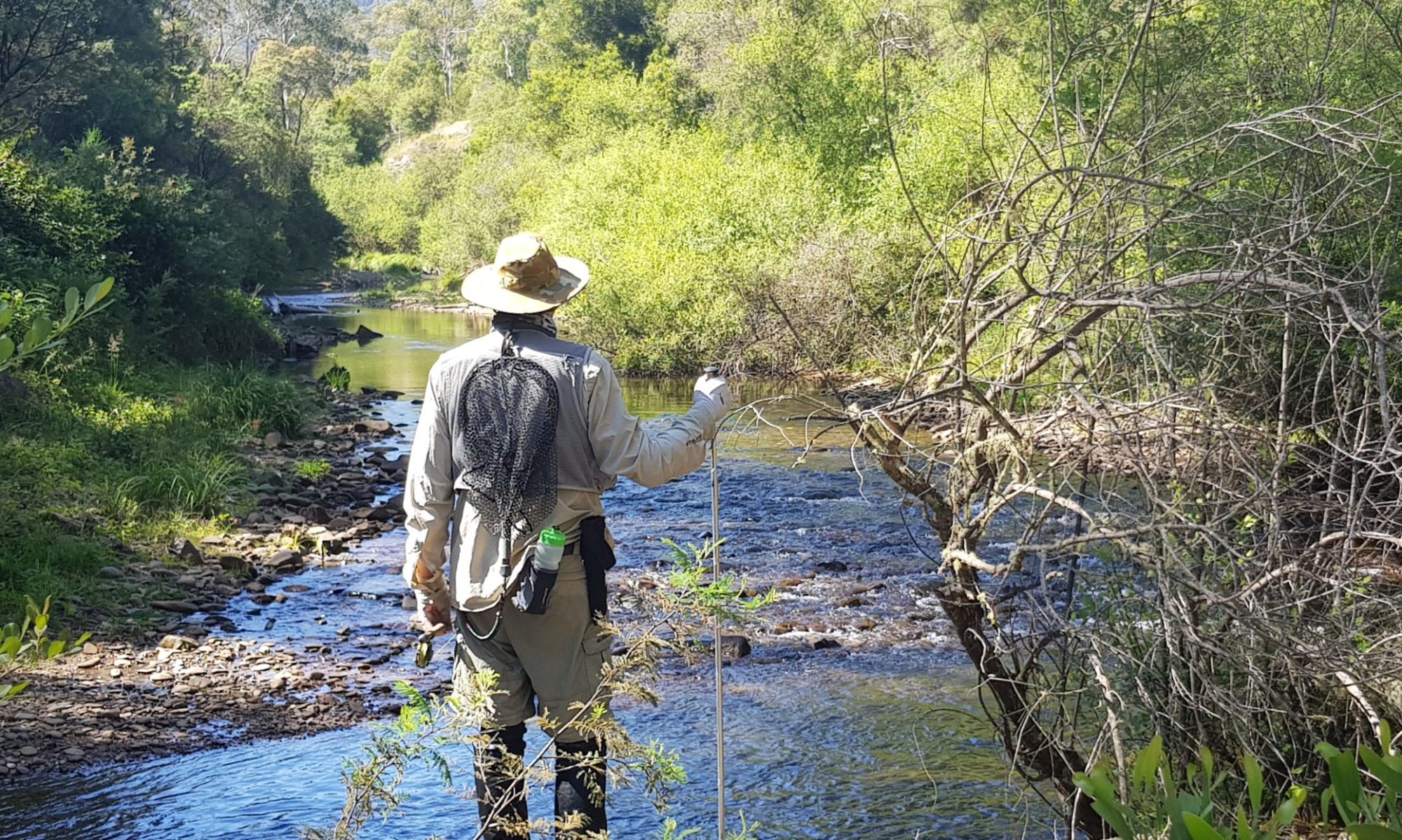By Phil Magness.
Everyone with a love of fly fishing will have more flies than what they actually need. We all do, however that’s what makes fly fishing such a wonderful sport. Eventually, you will see an insect on the surface of the water and think “finally I can use that fly I thought I’d never use to mimic it”. However, we can’t all have fly boxes with hundreds of flies as the costs add up. The following section will firstly explain hook sizes and will then provide a list of flies that every novice should seek to have in his or her fly box:
Hook sizes
Unlike leaders and tippet, fly sizes work in the exact opposite manner in terms of size. The smaller a number the larger the hook size i.e. a size 10 fly is much larger than a size 20. As a general guide, consider the following:
- Dry Fly Sizes are generally 12–14-16-18
- Terrestrial Sizes are generally 10-12-14
- Wet Sizes are generally 10-12-14
- Nymphs Sizes are generally 12-14-16-18
Over time, you will work out what size the flies you have purchased are. You can then match your tippet accordingly (see the Leaders and Tippet tab for more information). However, the following should provide you with a rough guide on fly fishing hook sizes: Tiemco Guide to Hook Sizes (PDF)
Basic flies:
| Fly Type | Recommended Flies | Recommended Sizes |
| Dry | Royal Wulff, Royal Humpy, Royal Stimulator (any stimulator type), Parachute Adams, Elk Hair Caddis, Red Tag, Spinners | 12, 14, 16 and maybe 18 |
| Emerger | Klinkhammer, Shaving Brush and CDC Emerger | 12, 14, 16 and maybe 18 |
| Nymphs | Pheasant tail, Flashback, Hare and Copper.Some with tungsten bead heads and some without. In browns, claret and black colours. | 12, 14, 16 |
| Wet | Woolly Bugger, Magoo, Tom Jones, BMS minnow | 10, 12 |
The most important thing to consider when selecting a fly is attempting to match the size and colour of the fly to the insects in the area you are fishing. Look for nymphs under rocks on the stream bed; see what is floating past you (use a stocking if you like to capture passing insects); look for insect carcasses on the shoreline or on trees; look around you and see what is flying around. When you get it right, you could be in for a very good day’s fishing.

